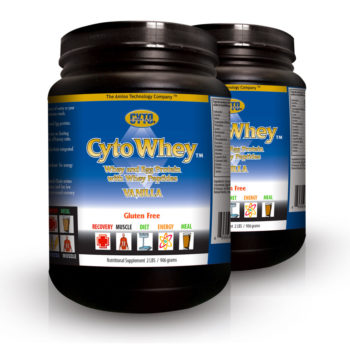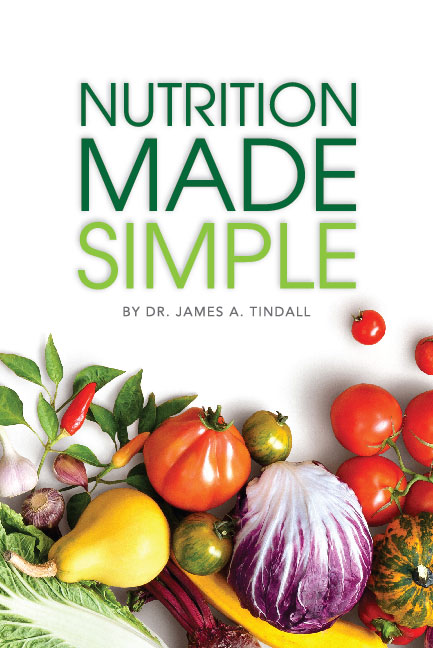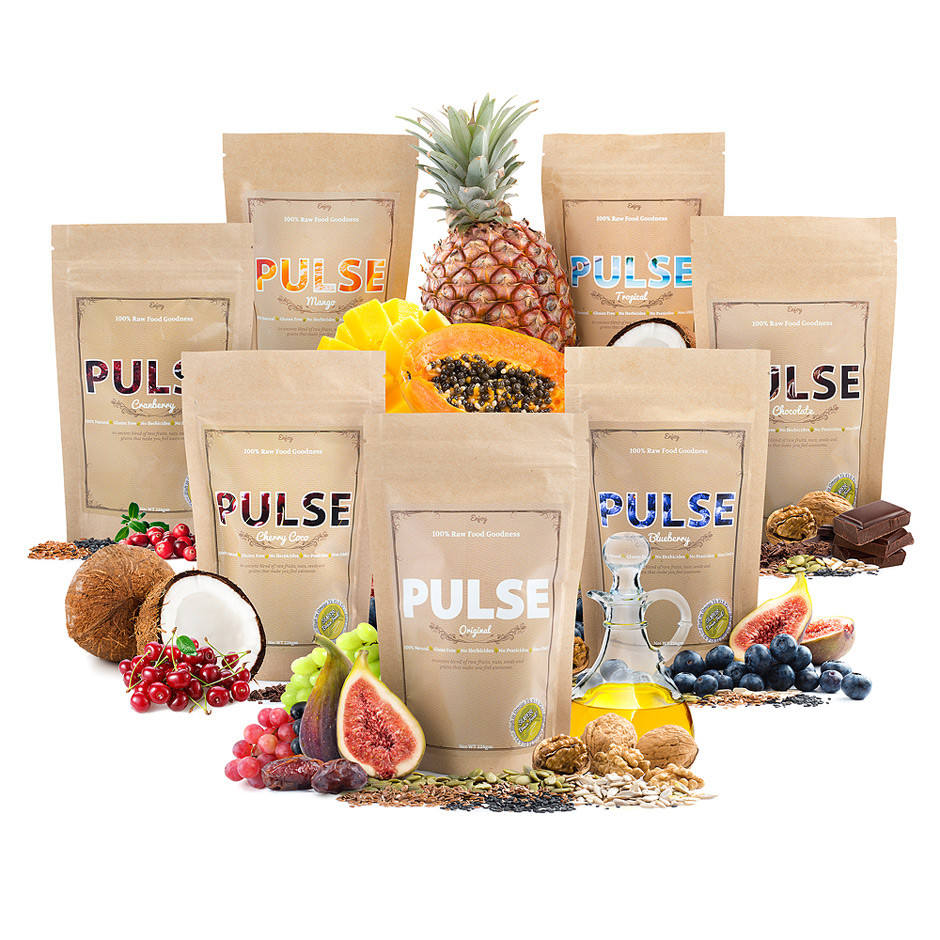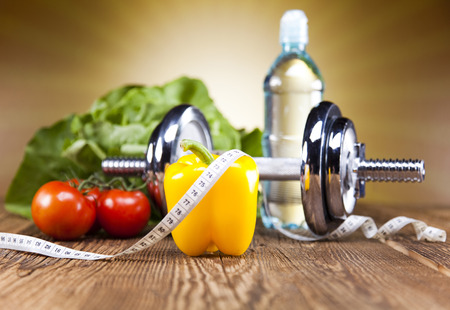Similar to the other articles in this issue of My Health Express; this article is about the basics – the basics of diet and performance. Although more appropriate for athletes, the novice will benefit as well. Often, when we work out or are an athlete performing at intense levels, we wonder how our diet affects our performance. Following are a few tips.
Simple Steps for Determining Diet Intake vs Performance Output
1. Everyone needs to know how to ready food labels so that he or she knows the number of grams of each food type, i.e., carbohydrates, fats, and proteins being ingested.
2. Calculate the number of calories needed for yourself on days when you do not exercise (see our diet and nutrition section). This is termed the REE or resting energy expenditure. As a rule of thumb, you can obtain a ball-park figure by multiplying body weight by 10 and adding 200. Let us use a 120 pound person for an example, REE = 120 pound x 10 + 200 = 1400 kcal (calories) energy required per day on days he or she does not exercise. This is just to maintain current body weight.
3. For exercise days, add the number of calories expended for the exercise to those determined from your REE in step 2 above (see “comparison” in the diet and nutrition section).
4. Adjust as needed. If you are slowly losing weight and you do not desire to do this, ingest extra calories on a daily basis. If you are gaining weight, ingest fewer daily calories.
Doing this will ensure that your diet matches your activity level. Thus, you will be the best you can be. For those who are involved in more intense activities, competitive fitness, or professional sports, please read the following section.
Advertisement: CytoCharge (click on photo for more info)

Performance and Calories
I am often asked if one can perform well on a low calorie diet with the primary goal of the individual being to lose weight. The answer is no.
Your performance in any physical activity is directly linked to the energy your body can supply to muscles and cells. What happens when we cannot supply the energy we need to our cells for the activity we are doing? If the activity is done for only 2-3 hours, you will promote fat loss after exercise if this is an occasional event. However, if this is an everyday occurrence, the final answer is that protein will be used for the energy source and muscle mass will be cannibalized. And, it’s well known that the more lean muscle one has, the better able he or she is to control weight and possible obesity.
Again, the key is to balance input of food energy with output of energy used.
For example, muscle fatigue such as “hitting the wall” in running, generally occurs when the body’s internal carbohydrate stores are depleted and there is a shift towards fat metabolism as the energy source for muscles. At this point, maximum energy output is generally limited to approximately 50% VO2 max. (VO2 max. is the region in which oxygen consumption plateaus or increases only slightly with additional increases in exercise intensity, i.e., this is the maximal oxygen consumption). Logically we might assume that if adequate carbohydrates are ingested to offset those expended, that we can maintain our pace indefinitely. Unfortunately this is not the case. Athletes and fitness buffs with low muscle glycogen stores, but high blood glucose levels still experience fatigue at some point, even though the time to onset of fatigue may be delayed by ingesting carbohydrate supplements. We are not sure why this occurs, but it could be related to physical changes in muscle cells since this type of fatigue is more common in the untrained person or athlete.
Fats provide over 50% of the Calories expended during moderate exercise at less than 50% VO2 max., even when adequate carbohydrates (glycogen) are available. As the level of exercise increases towards 100% VO2 max., the proportion of the total energy expenditures replaced by fats decreases. Also, in maximum performance events, where metabolism becomes anaerobic (greater than 100% VO2 max.), fat metabolism ceases and only carbohydrates are available as an energy source; sprinting is a good example of this.
Protein is a maintenance material used to repair muscle (and other) cell injuries – including the micro-trauma that occurs in training.
When designing a nutritional program to supplement the body’s energy stores for an athletic event, the rate of digestion and absorption of foods must be taken into account. The time required for the stomach to start the digestive process, empty its contents into the small intestine, and have the foods absorbed into the bloodstream will directly affect how quickly any food energy will be available for muscles to provide the supplemental energy for exercise.
Four factors influence this digestive process, over which you have some control.
1. Solid vs liquid – liquids are expelled or emptied from the stomach more quickly than solids.
2. Fat content in foods – fat slows the digestive process and delays the availability of any Calories in the food to the muscles. This is why you don’t want to consume fats until at least two hours after exercise.
3. Sugars – a sugar content of more than 10%, especially in liquids, will slow stomach emptying. However, the use of complex carbohydrates, due to a decreased osmotic effect, will offset this somewhat and offers an alternative strategy to maximize Caloric intake to offset the metabolic needs of exercise.
4. Physical activity level – digestion is slowed by any vigorous activity, usually starting at 70% VO2 max. Except in short, all out events such as sprinting, this is generally not an issue. Also, in events such as running, the additional component of mechanical stimulation of abdominal contents from the sport itself slows digestive processes and tract functioning.
The consequences of this are that:
1) The optimal food for a rapid, high energy boost during sustained, fast paced exercises such as running or cycling would be a semi-liquid or liquid carbohydrate with little or no fat.
2) If you are an endurance athletes competing at a lower VO2 max., ingesting a complex carbohydrate with fat added for improved taste (generally in a solid form), will slow emptying from the stomach and prolong absorption for a greater period of time.
Advertisement: Amazon (click on photo for more info)

Carbonation
Carbonation from soda’s and other beverages does not appear to affect the stomachs emptying rate. Various studies have found no difference in the gastric emptying rates of water, carbonated water, or carbonated carbohydrate drinks. Carbonated colas that contain an average of 160 Calories per 12 ounces and a caffeine equivalent to four ounces of coffee, are a favorite drink of many athletes when they are not in the last few weeks before competition.
As sugar concentration increases, several risks arise. For speed athletes, some studies have shown a greater tendency for muscle pulls such as hamstring tears. Endurance type athletes have the risk of nausea and bloating. Most athletes and fit persons can tolerate a 7 to 10% concentration of glucose, but endurance athletes for long events can often tolerate solutions of up to 15% to 20% glucose. Further, the use of polymers will allow more carbohydrates to be ingested and absorbed while limiting somewhat the overall concentration of the solution.
A fluid replacement rate of 500 ml per hour are appropriate for most athletes, cyclists, and runners during prolonged exercise, but rates of up to 1 to 2 liters per hour have been reported in some events such as the Iron-man Triathlon and the Tour DE France. The risk with the larger volumes is hyponatremia. For example, beginning an event with 400 ml of an 18% glucose polymer solution in the stomach and drinking 100 ml each 10 minutes will deliver 108 grams of carbohydrate with 600 milliliter (cc) of fluid each hour.
Following a vigorous exercise, there is what exercise physiologist refer to as a “glycogen window.” Ingesting a carbohydrate supplement within 4 hours immediately following exercise will allow the ingested carbohydrate to be converted into muscle glycogen at about 3 times the normal rate (and “the earlier the better” as some data suggests a 50% fall in the conversion rate by 2 hours and a complete return to normal repletion rate by 4 hours).
The above vigorous activity refers to a long-term event such as running. If you are a speed athlete, the “glycogen window” is narrower and ingestion should occur within 1-2 hours after the event. One hour is likely optimal although no studies have pinpointed the exact time.
Muscle glycogen repletion after two hours of vigorous activity generally proceeds at a rate of 5% per hour. Although it may require up to 48 hours for complete muscle glycogen replacement, most replacement occurs during the first 24 hours (post event). This is important for long-distance running and cycling events. If you are an athlete who trains daily, or are performing in a multi-day event, you can use the “glycogen window” to your advantage to get a jump on the normal repletion process and minimize the chance of chronic glycogen depletion, as well as the fatigue that accompanies it.
There is evidence that muscle stiffness that occurs after vigorous exercise is related to muscle glycogen depletion. Consequently, rapid repletion may have an added benefit of minimizing this effect. As a note, many simple carbohydrate snacks such as chocolate chip cookies contain more than 30% fat. Consumption in large quantities may exceed your planned daily fat intake of a suggested 20-30% of daily Calories.
Advertisement: Don Tolman International (click on photo for more info)

THE PERFECT DIET?
Is there a perfect diet for intense exercisers or athletes? Perhaps, but more importantly, there is significant research and supporting evidence, which show that adequate dietary carbohydrates are necessary for maximum performance. As a matter of fact, at least 10 grams of carbohydrates per kilogram (2.2 pounds) of body weight are required per day. However, it is the absolute amount of carbohydrates that appear to be important, not the percent of total daily Calories that are derived from carbohydrates.
For athletes who perform or compete in multi-day endurance events, there can be an advantage to several weeks of moderate fat intake. The amount of fat consumed should be equivalent to 30% of total daily Calories. However, since good nutrition is a long-term activity, there is no evidence that fat intake for only one day is beneficial in this area. Also, there can be long term health consequences if you consume too much fat each day, i.e., exceed more than 30% daily percentage of your diet.
And what about protein? There is absolutely no evidence that more than two grams per day of protein are beneficial to performance in any athletic activity, including bodybuilding.
In summary, the body’s normal liver and muscle glycogen will support the first 1-2 hours of exercise at 70% VO2 max. without need for supplementation. A good training program will normally postpone the onset of glycogen depletion and fatigue.
Also, ingesting carbohydrates during your event provides an additional source of glucose for energy that will postpone the time at which you may hit “the wall.” However, this is more important for activities longer than 2 hours duration. As a general rule, the body can utilize 60 grams of ingested carbohydrate per hour to supplement muscle glycogen stores. Also, the stomach can handle 1-2 quarts of fluid before nausea occurs.
This will give you some guidelines for developing your own program. Also, using solid food supplements is appropriate as long as enough fluids are consumed with them.
Carbohydrate loading is okay for long-term events like cycling and running, but not for activities such as football and other type team sports or sprinting type activities. When carb loading, eating a high carbohydrate diet for several days prior to the event will maximize internal glycogen stores and prolong the duration of activity until fatigue occurs. However, it will not increase the muscle’s maximum energy output during the event.
The principles of training nutrition and performance are similar to those for any athletic event longer in duration than two hours. Happy training.







